Under the concise and elegant pen of Michael Pollan, Thirst for Plants and Grass (published by Phuong Nam Book and The Gioi Publishing House) presents a lot of in-depth scientific knowledge, along with vivid multidisciplinary references. All contribute to illuminating his core point of view, which is: Humans and nature are always linked together in the common evolution of the flow of natural history.
The work Longing for Plants takes a comprehensive view, highlighting our co-evolutionary process that has crept into nature.
Four human desires are expressed through four plants: sweetness in the story of the apple tree, love of beauty in tulips, desire for intoxication (escapism) hidden in the cannabis plant, and the ability to control through the potato plant.
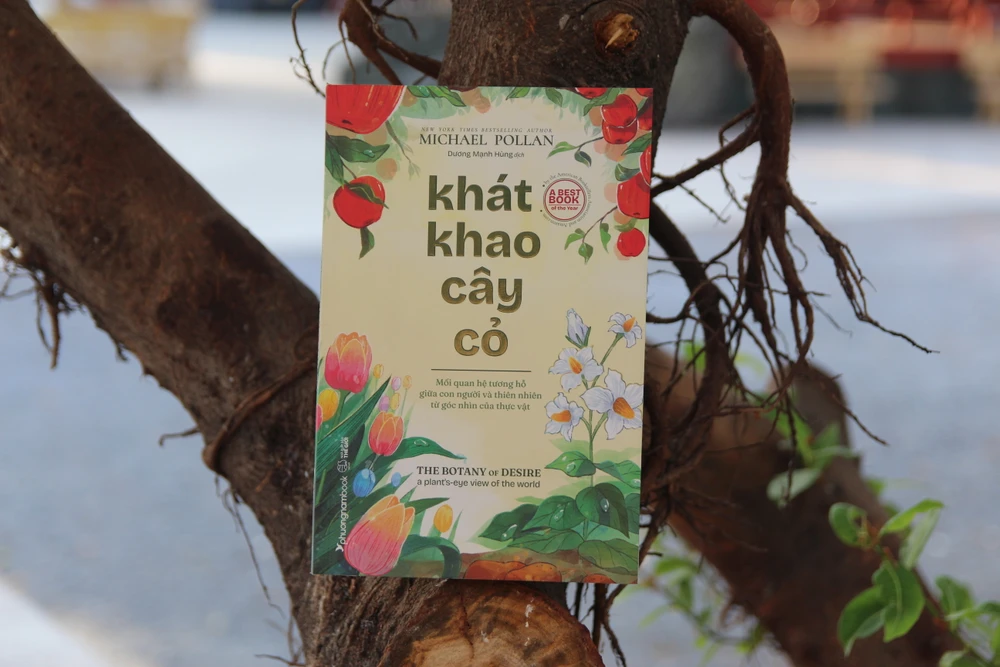
Reading Michael Pollan's writings, you will realize that trees are not just species of the wild jungle, but also close creatures that can control human emotions.
Since ancient times, trees and humans have learned to support each other: Each does for the other what it cannot do for itself, and in the process of negotiation transforms and improves their shared destiny.
In Michael Pollan's Longing for Trees , trees and humans are placed in a mutually dependent relationship. Before drawing this conclusion, the author points out that we often divide the world into subjects and targets. And in the garden, as in nature in general, humans often play the role of subjects. Even the language we use to describe this relationship is clear: I choose the plants, I weed, I harvest. But according to Michael Pollan, humans, like other animals, when viewed in their relationship with trees, have a co-evolutionary, mutually supportive nature.
In The Desire for Plants , Michael Pollan compares the mutually beneficial relationship between humans and plants to that between bees and flowers. Bees pollinate flowers to make honey, while also spreading pollen elsewhere, helping the mother plant to reproduce. Drawing on this idea, the author connects the basic human needs and desires—sweetness, beauty, intoxication, and control—with the plants that satisfy those needs: apple trees, tulips, cannabis plants, and potatoes.
By telling the story of these four plants, Michael Pollan shows how plants have evolved to meet the basic needs of humans. Humans, in turn, benefit from the plants and try to reproduce them, helping them thrive.
Throughout the book, Michael Pollan suggests ways for people to show their appreciation for nature. Because only then will we be moved enough to feel the beautiful sounds, colors, and flavors of life.
The vitality of trees, the wonderful connections, help us learn how to survive in the harmonious rhythm of relationships that originate from the core nature and beauty of life.
QUYNH YEN
Source


![[Photo] General Secretary To Lam receives Russian Ambassador to Vietnam](https://vstatic.vietnam.vn/vietnam/resource/IMAGE/2025/4/2/b486192404d54058b15165174ea36c4e)
![[Photo] Third meeting of the Organizing Subcommittee serving the 14th National Party Congress](https://vstatic.vietnam.vn/vietnam/resource/IMAGE/2025/4/2/3f342a185e714df58aad8c0fc08e4af2)

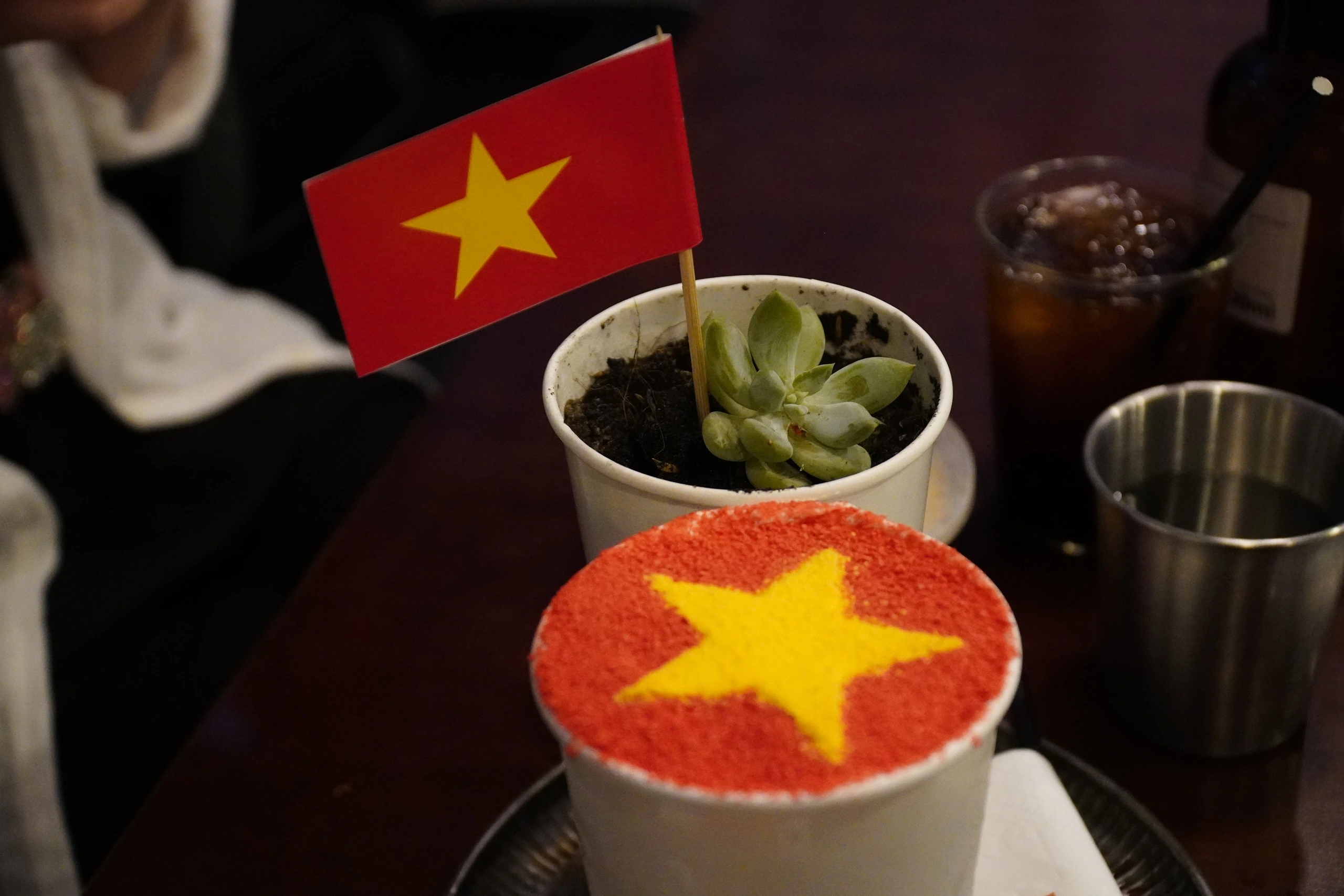
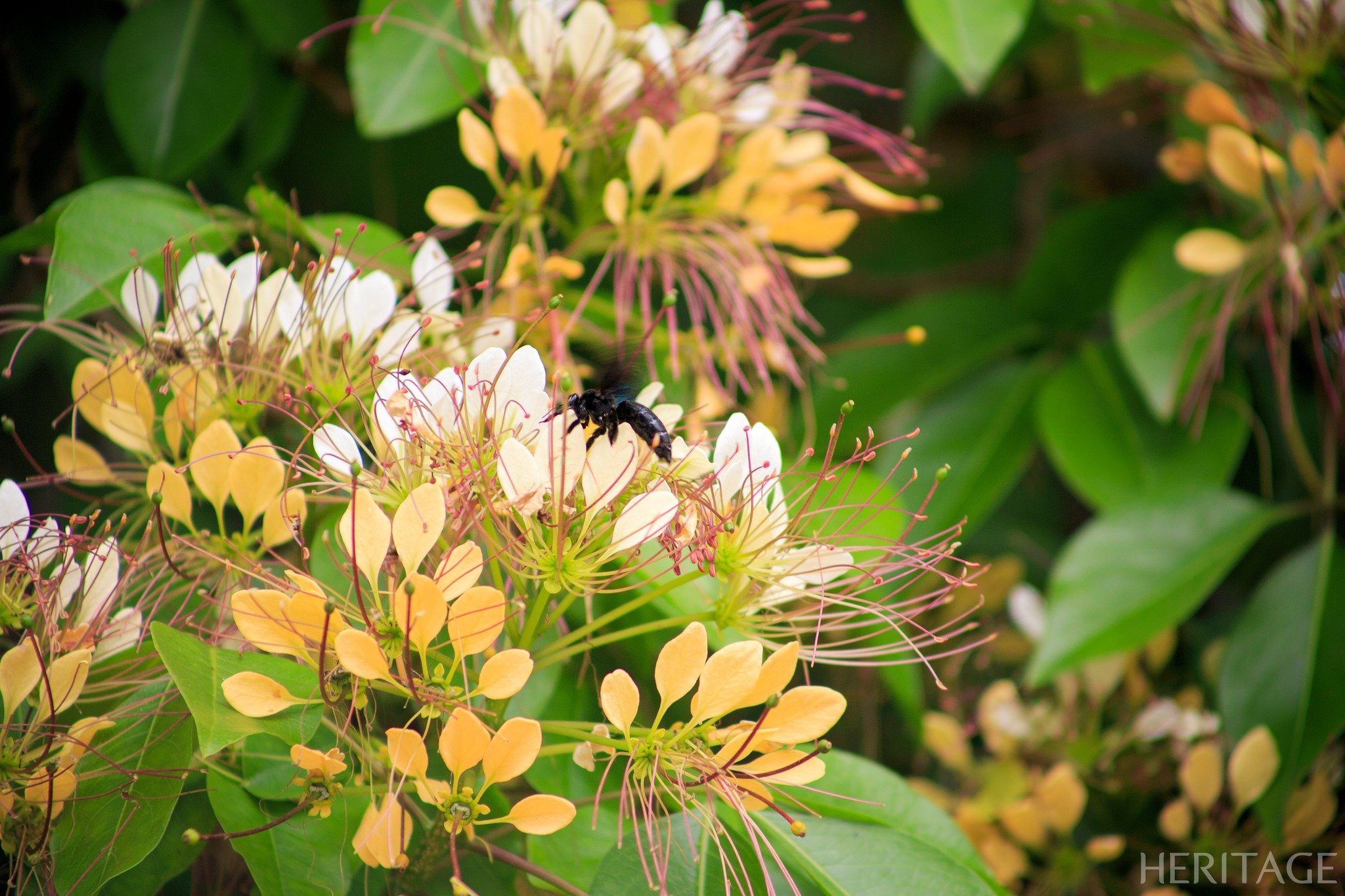



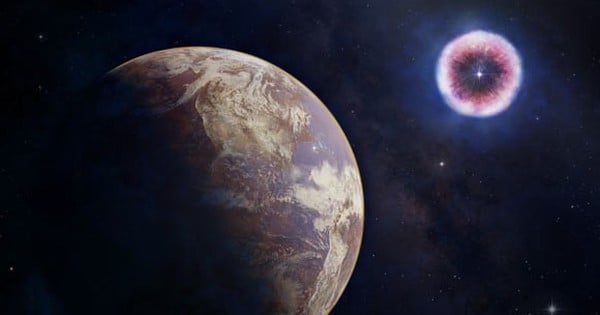







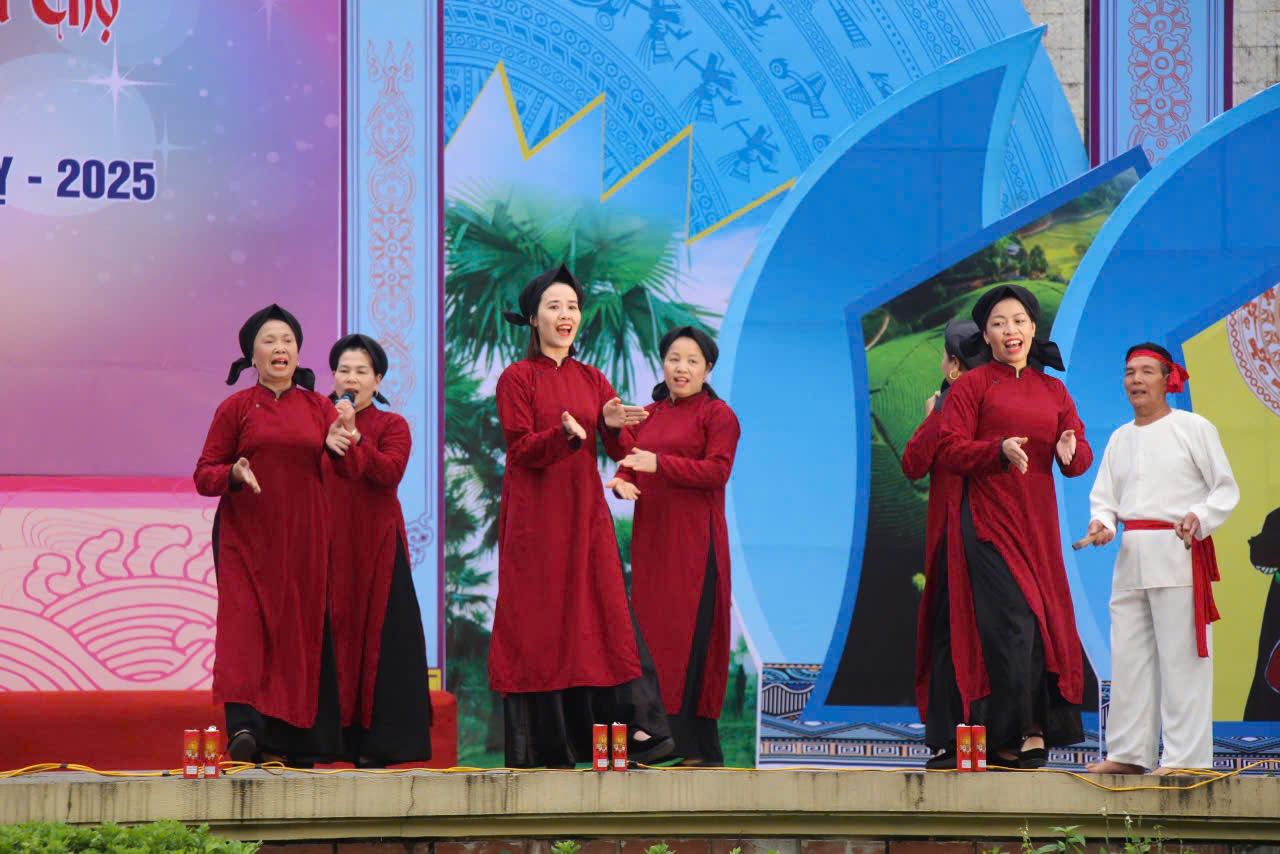













![[Photo] Relatives of victims of the earthquake in Myanmar were moved and grateful to the rescue team of the Vietnamese Ministry of National Defense.](https://vstatic.vietnam.vn/vietnam/resource/IMAGE/2025/4/2/aa6a37e9b59543dfb0ddc7f44162a7a7)





















































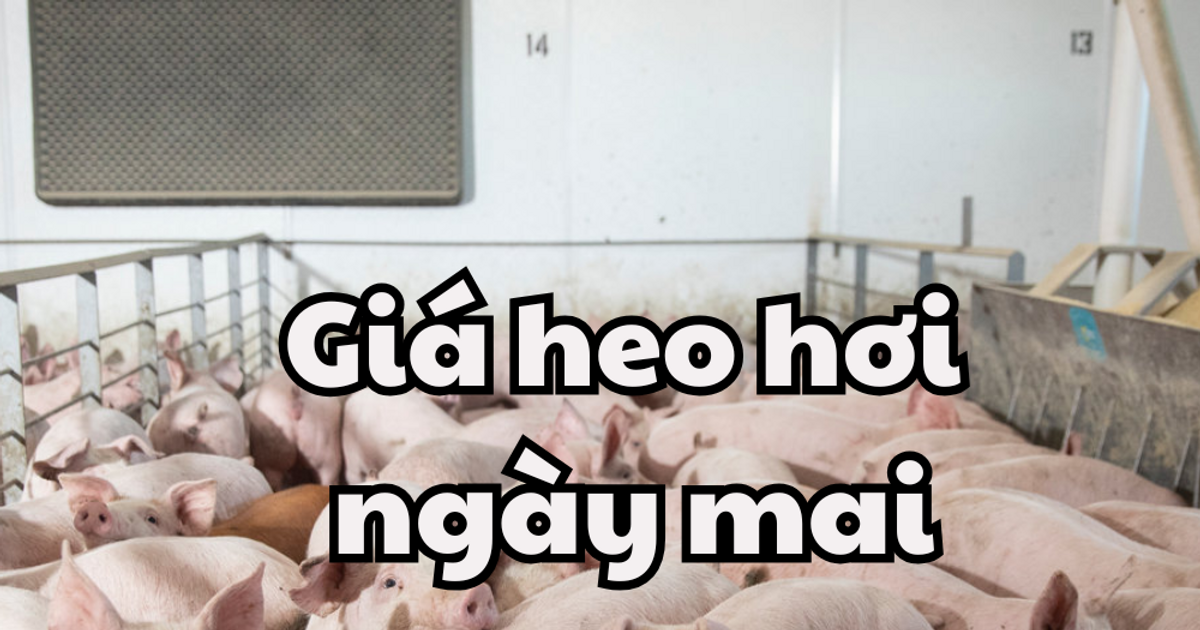













Comment (0)